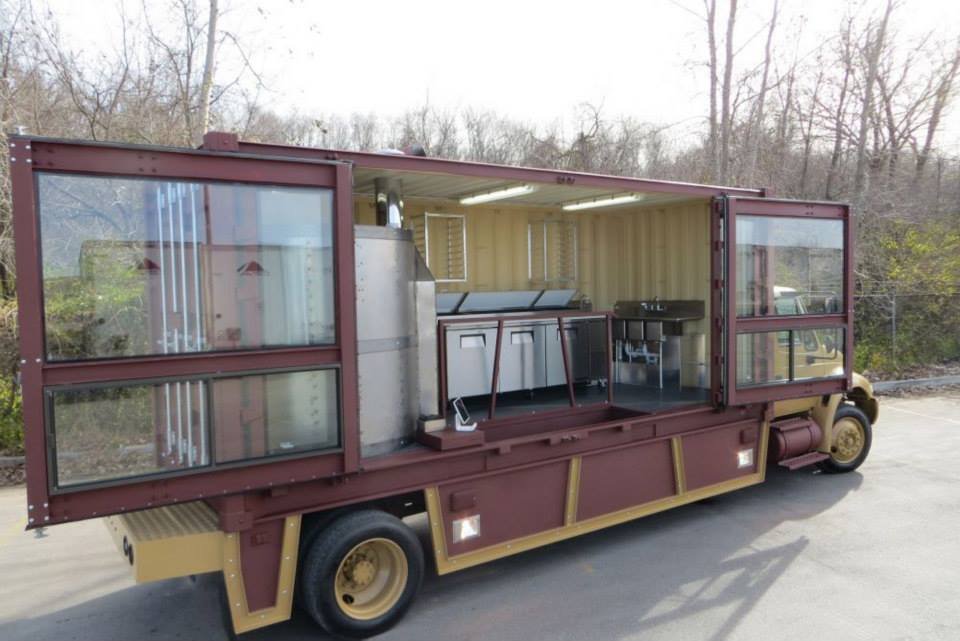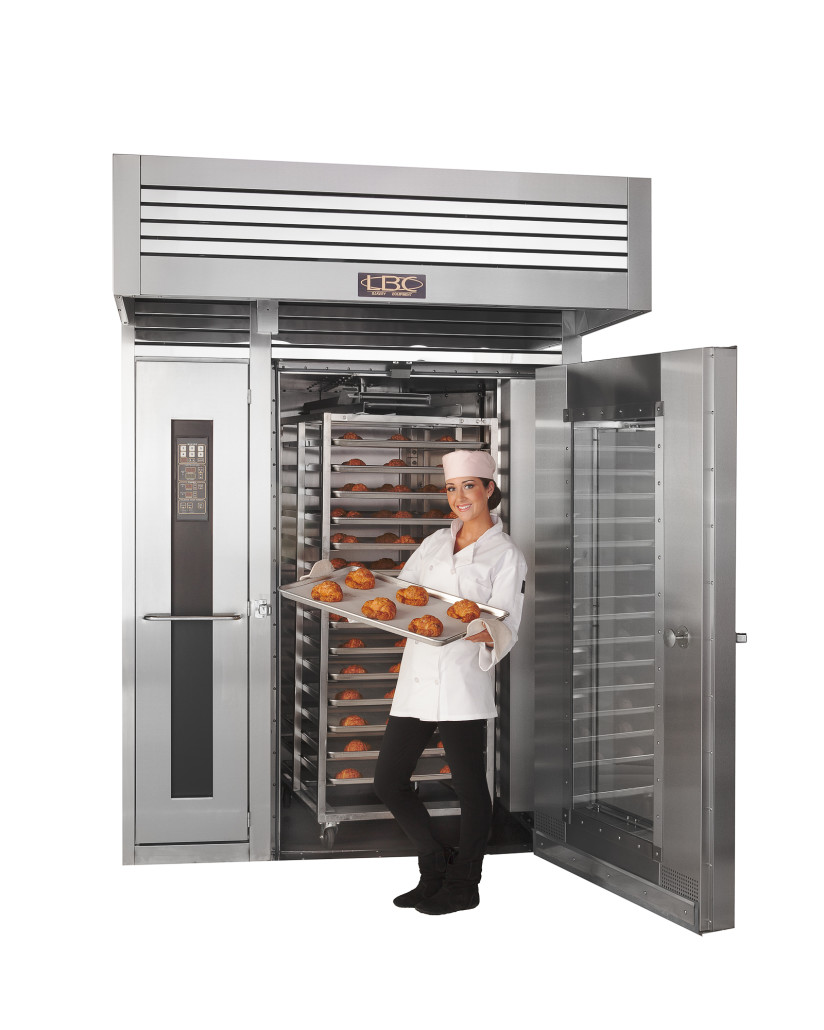Rolling ovens have revolutionized the baking industry, providing unparalleled efficiency and consistent results. In this comprehensive guide, we will explore everything you need to know about rolling ovens, from their functionality to their applications in various industries. Rolling ovens are not just a trend; they are a staple in modern baking that can elevate the quality of your baked goods significantly.
The demand for high-quality baked products has never been higher, driving innovation in baking technology. As a result, rolling ovens have emerged as a game-changer, especially for commercial bakeries aiming to improve productivity while maintaining quality. This article aims to provide you with in-depth knowledge about rolling ovens, including their features, benefits, and considerations for purchasing one.
Whether you are a bakery owner, a pastry chef, or someone interested in the science of baking, this guide will offer valuable insights. We will delve into how rolling ovens work, their advantages over traditional ovens, and the various options available in the market today. Let’s embark on this journey to understand rolling ovens better!
Table of Contents
What is a Rolling Oven?
A rolling oven is a specialized baking equipment designed to facilitate the baking process, particularly for products that require continuous baking. Unlike traditional ovens, rolling ovens feature a conveyor belt system that moves products through the baking chamber, ensuring uniform cooking and consistent results.
These ovens are particularly popular in commercial bakeries, where high volumes of baked goods are produced daily. The rolling mechanism allows for quick loading and unloading of products, making it an efficient choice for large-scale operations.
Key Features of Rolling Ovens
- Conveyor belt system for continuous baking
- Temperature control for consistent baking results
- Energy-efficient operation
- Versatility in baking various products
How Do Rolling Ovens Work?
Rolling ovens operate on a straightforward principle: they use a conveyor system to move baked goods through a heated chamber. As the items move along the conveyor belt, they are exposed to controlled heat, allowing for even baking.
The temperature can be adjusted based on the specific requirements of the product being baked. Most rolling ovens come equipped with digital controls, allowing bakers to set precise temperatures and baking times, which can be critical for achieving the desired texture and flavor.
Heating Mechanisms
Rolling ovens typically utilize one of several heating mechanisms, including:
- Electric heating elements
- Gas burners
- Steam injection systems for moisture control
Benefits of Rolling Ovens
Investing in a rolling oven can provide numerous advantages for a bakery or food production facility. Here are some key benefits:
- Efficiency: The conveyor system allows for continuous operation, reducing the time needed to bake large batches.
- Consistency: Uniform baking results lead to higher quality products, which can enhance customer satisfaction.
- Space-saving: Many rolling ovens are designed to maximize vertical space, making them suitable for facilities with limited floor space.
- Versatility: Rolling ovens can bake a wide variety of products, from bread to pastries, making them a valuable asset for any bakery.
Types of Rolling Ovens
There are several types of rolling ovens available, each designed to meet specific baking needs:
Conveyor Ovens
These are the most common rolling ovens and feature a belt that continuously moves products through the baking chamber. They are ideal for high-volume baking.
Rack Ovens
Rack rolling ovens allow for multiple racks of products to be baked simultaneously, offering flexibility and efficiency in baking various items.
Rotary Ovens
In this type of oven, the baking chamber rotates, ensuring even exposure to heat. This design is particularly advantageous for items that require precise baking.
Applications of Rolling Ovens
Rolling ovens are versatile and can be used in a variety of settings:
- Commercial Bakeries: Ideal for producing large quantities of bread, pastries, and cookies.
- Food Processing Plants: Used for baking products that require consistent quality and texture.
- Catering Services: Useful for events requiring large batches of baked goods.
Choosing the Right Rolling Oven
When selecting a rolling oven, consider the following factors:
- Production Volume: Assess your daily production needs to choose an oven with appropriate capacity.
- Type of Products: Different ovens work better for specific baked goods; ensure the oven is suitable for your product range.
- Space Availability: Evaluate the area you have for installation to select a model that fits.
Maintenance and Care for Rolling Ovens
To ensure longevity and optimal performance, regular maintenance of rolling ovens is essential. Here are some tips:
- Clean the conveyor belt regularly to prevent residue buildup.
- Check heating elements for wear and replace as needed.
- Inspect seals and insulation to maintain energy efficiency.
Conclusion
Rolling ovens represent a significant advancement in baking technology, offering efficiency, consistency, and versatility. By understanding their functionality and benefits, you can make informed decisions that enhance your baking operations. Whether you're a bakery owner or a culinary enthusiast, investing in a rolling oven can yield remarkable results in your baked products.
We encourage you to share your thoughts in the comments below, and feel free to explore our other articles for more insights into the world of baking. Happy baking!
References
Article Recommendations



ncG1vNJzZmilqZu8rbXAZ5qopV%2BcrrOwxKdvaKqfobmqusZmpq%2BdnmO1tbnL
